Contents [hide]
What is Surface Mount Soldering?
Soldering is a method of joining two items (usually electronic components) by melting and using a filler metal as a joint. When soldering, the joining metals should be of a higher melting point than the filler metal(s).
From the definition alone, soldering might bring a perception of welding. However, soldering differs significantly from welding because the work-pieces (soldering) are not melted. In soldering, only the joining metal gets melted in a closely monitored amount of heat.
As the name suggests, Surface Mount Soldering is joining two items on the Surface of boards. It is not done through holes as in the ancient methods.
The Surface Mount Devices are enjoined closely in a surface board. This method is, therefore, cheaper and more accessible for production purposes.
But how do you go about the mount soldering process? We will take a closer look at the mount soldering process itself.
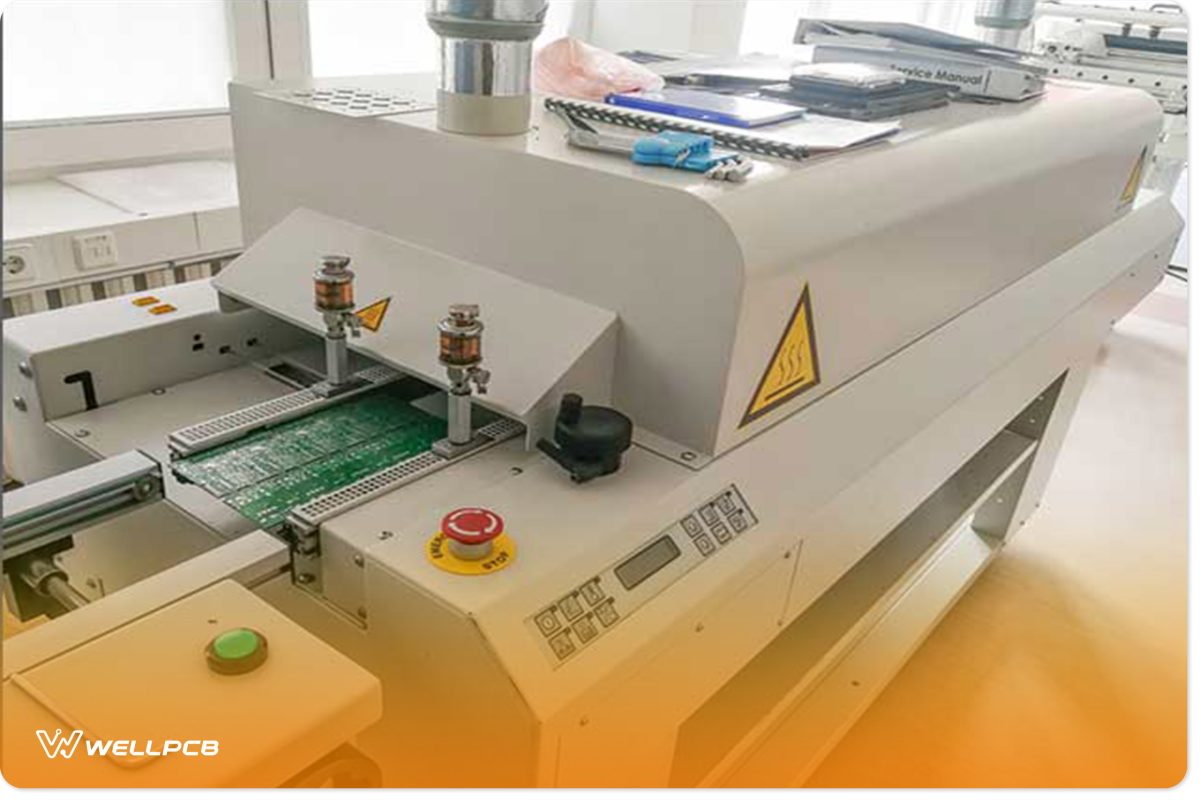
Surface Mount Soldering Technology
There are two standard methods of Soldering:
1. Reflow Soldering
2. Wave Soldering.
Of the two approaches, Reflow Soldering looms out large as the ideal method of Surface Mount Soldering.
This approach involves the process of using a solder paste (which is a mixture of powdered solder, sticky in nature, added to the flux) to attach thousands of electrical components. They are attached temporarily to the contact pads. After that, a mass of controlled heat is directed to the entire assembly to harden and cement the components.
Reflow Soldering is widely used when setting up new electronic circuit boards.
Key Aspects in the Reflow Soldering Process
To attain an effective reflow soldering process, you are bound to observe the following key aspects:
1. A suitable and fit reflow-soldering machine.
2. An acceptable reflow profile.
3. A Printed circuit board (PCB) that has a footprint design.
4. A Printed circuit board (PCB) that is carefully printed with a well-designed stencil.
5. Placement of surface mount component that is repeatable.
6. Quality printed circuit board (PCB), components, and solder paste.
The Reflow Soldering process is time-consuming, especially during the initiating process of setting it up. It’s also essential to ensure you solder all components carefully and (if possible) completely without doing any physical damage to the parts.
In some states, it’s essential to use a keenly designed profile(s) to result in a repeatable, consistent process that will deliver the desired results.
Lastly, the extra effort and time you can invest when soldering is worth the final product.
What Tools and Supplies Are Necessary for Surface Mount Soldering?
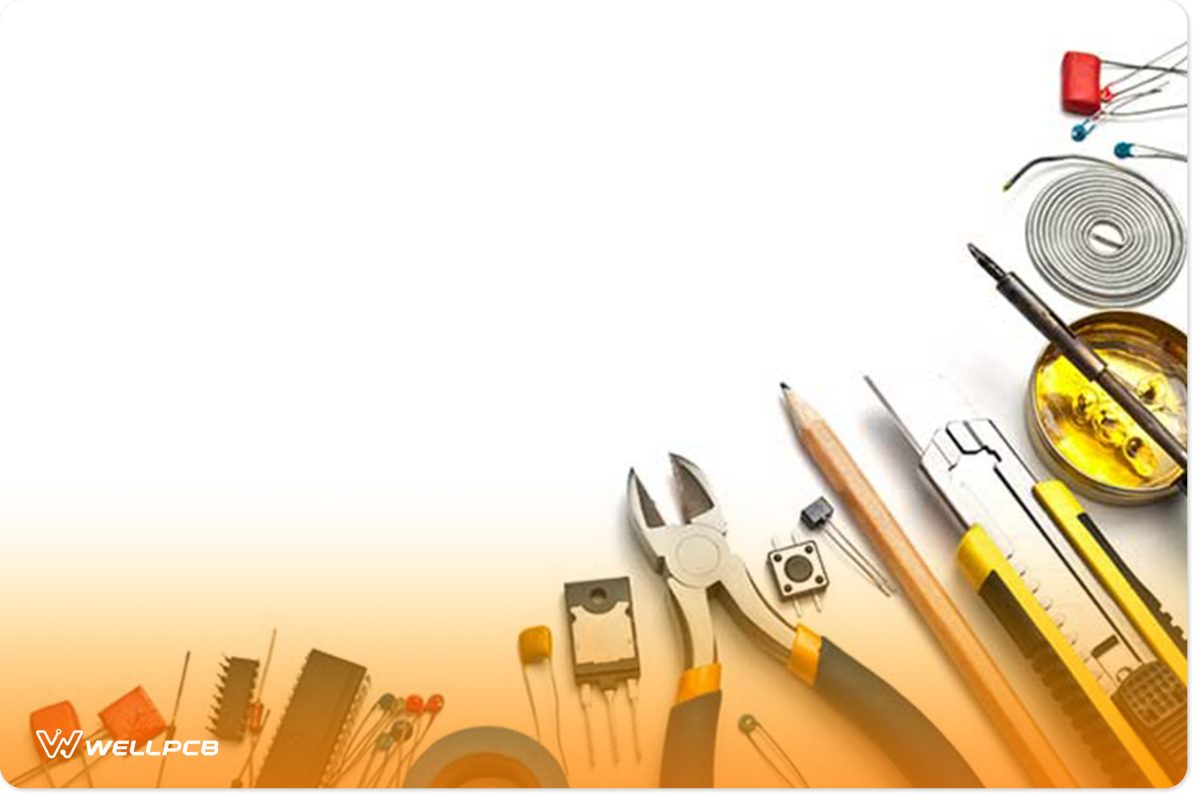
There are ten necessary tools for surface mount soldering. These are:
1. 1X.Digital or analog soldering iron.
2. (Printed Circuit Board) pads available.
3. SMD (Surface Mount Device) Components that match available pads.
4. De-soldering braid.
5. Solder(Rosin core acceptable, Water Soluble Recommended)
6. Flux W/applicator.
7. Tweezers.
8. Rubbing Alcohol ( rosin core solder)
9. Water (soluble water solder)
10. Antistatic cloth.
These ten tools and supplies form the basic requirements for mount soldering. They are readily available (locally), but you can order one online if you fail to locate a trusted local vendor. However, it would help if you were careful whenever buying online to buy from trusted vendors.
In the remaining section, we will look at some of the benefits of Surface Mount soldering and learn a few tips to make it more effective.
Benefits of Surface Mount Soldering
Surface mount soldering is famous for several reasons. Here are some benefits that you can reap from surface mount soldering:
1. First, It is cheaper: Surface mount soldering fosters a reduced board cost, material handling, and a controlled manufacturing process.
2. Secondly, It has a higher component density and a similar density of connections.
This ability is possible on surface mounting because holes do not block the inner or black-side layer routing space.
3. It has reduced traces in routing.
Consequently, the board’s size is reduced, and the number of drilled holes is also significantly reduced. A smaller board with fewer drilled holes will naturally cost less.
4. It is simpler and faster in automated assembly.
Even though the process of mount soldering is often time-consuming, some placement machines can place more than 136000 components per hour.
5. It lowers the initial cost conclusively and the time of setting up for productions.
Minor errors in component placement are corrected automatically as the surface tension of molten solder pulls components into alignment with the solder pack.
6. The Surface Mounting soldering has better mechanical performance under shake and vibration conditions.
7. There are lower resistance and inductance at the connection.
Fewer unwanted RT signal effects and effects, and better and more predictable high-frequency performance.
8. Many surface-mount soldering parts cost less than the equivalent through-hole parts.
9. It has better Electromagnetic Compatibility performance (lower radiated emissions) due to the smaller radiation loop area (because of the smaller package) and the shorter lead inductance.
Having looked at the reasons that have caused Surface Mount Solders to soar high, it is time we now ask ourselves if we need to try it out by considering our needs and what we have got.
How Should I Use Surface Mount Soldering?
Surface Mount Soldering is plain and straightforward. It borrows a lot from traditional soldering, even though it is more efficient than conventional approaches. SMDs can be used with traditional hobbyist soldering equipment and soldered alike.
Then again, a few exceptions might require you to use surface mount parts with standard soldering equipment. But even in such cases, you will not need previous experience in surface mount soldering; basic knowledge of soldering would do a great deal.
Some surface mounts will correct or upgrade existing circuits or prototypes when coupling traditional approaches with surface mounts. In such a case, there are no recommended approaches, just results. Here, you will certainly enjoy the freedom of creativity. If the solder gun irritates, you can finish the job with a hacked toaster oven on the boards.
When Using The Oven Method:
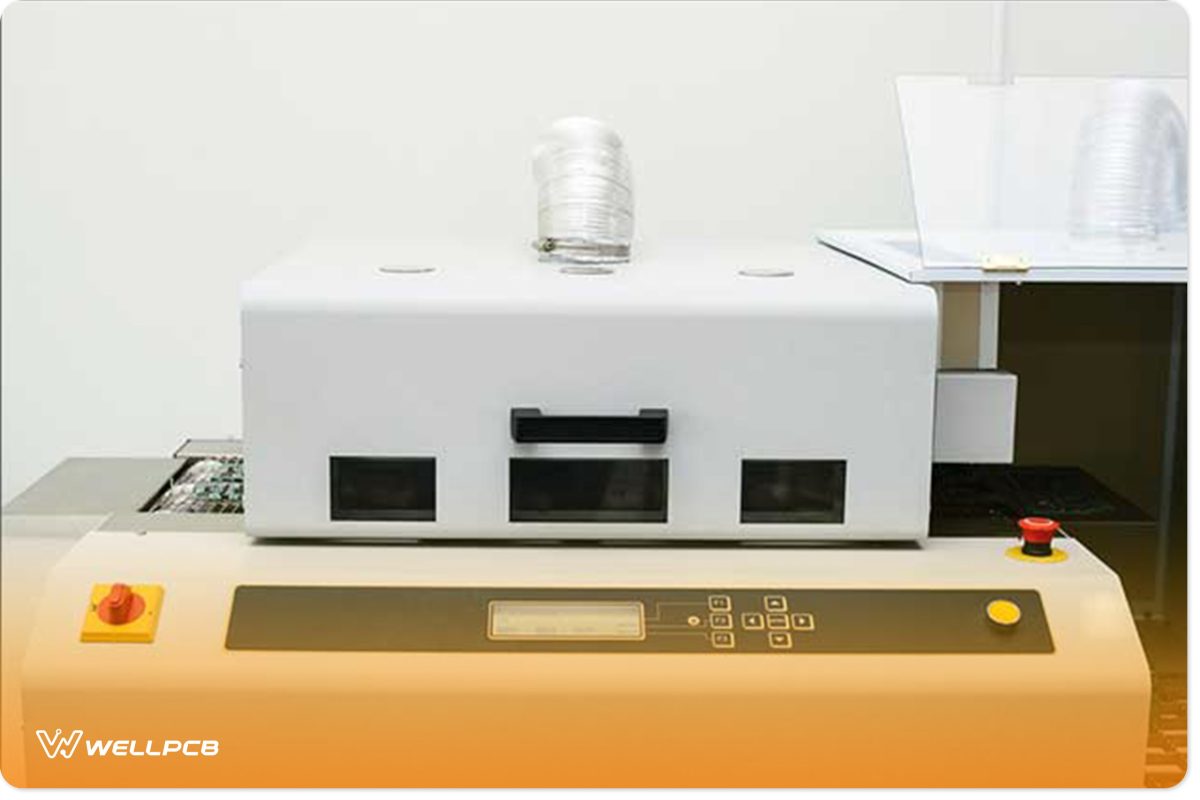
The oven method includes solder paste applied in all the pads (including paste and solder to hold the parts in place). All cushions are then arranged in an oven-like machine for heating (a hacked toaster oven). Once heated, the components are fitted onboard to complete the circuits.
Even though it is a pretty straightforward approach, I (personally) have never used this method in developing my projects because it is not effective in industrial uses. But for the sake of curiosity, you might want to check it out here (https://www.youtube.com/watch?v=OXtqGlka2xI )
When Using the Soldering Iron
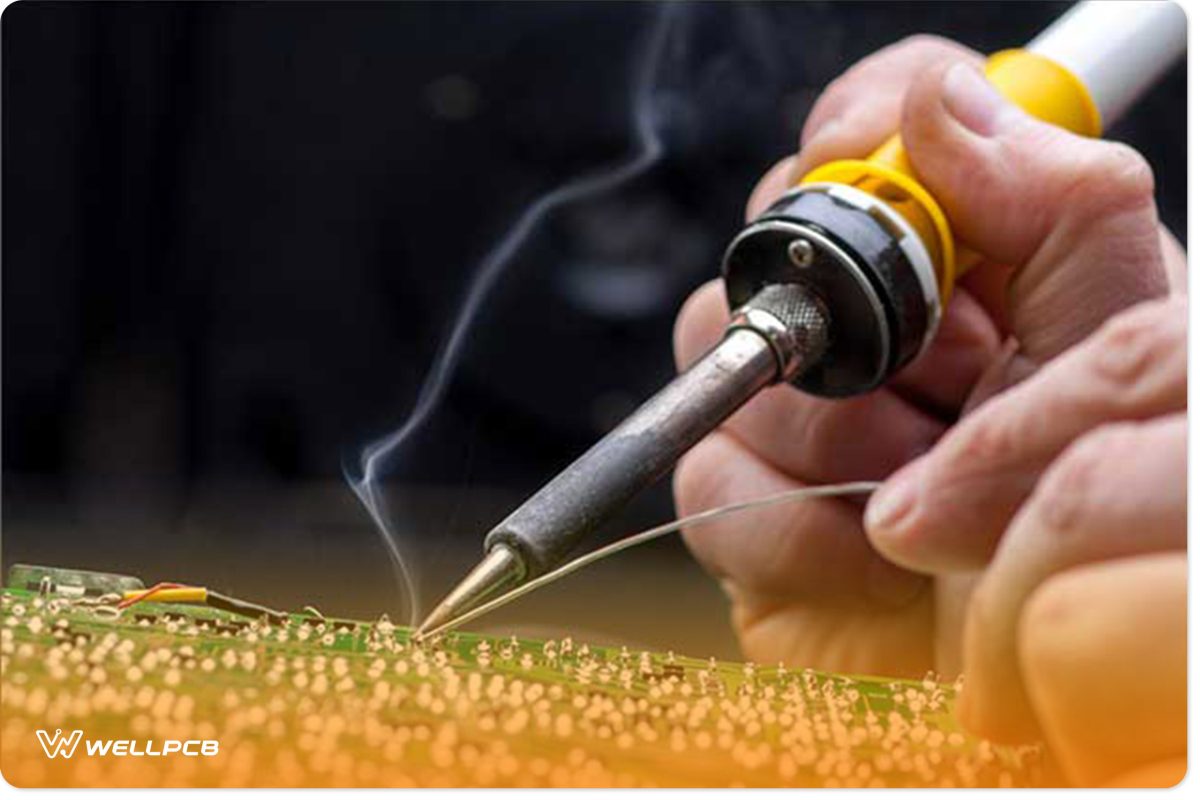
The soldering iron is to us (PCB engineers) as spanners are to mechanics. It is the most popular approach to soldering, and it dictates more emphasis. Unlike the oven, the soldering iron has two slight variations in implementation that ensure excellent results. These are:
1. First, One will only apply if the Printed Circuit Board (PCB) is created with a reflow solder finish (Where the board is already thinly layered with solder from the manufacturers of Printed Circuit Board (PCB) on the pads.)
2. Secondly, You will always have a well-tinned tip for heat transfer. The probability of mounting excess solder is, therefore, eliminated.
A Solder iron is excellent when installing acceptable pitch parts devices like The TQFP (Thin Quad Flat Package). Sometimes, when your board lacks the extra solder, you can use the traditional soldering approaches.
Cleaning and Assembling Components in Surface Mount Soldering
Cleaning: Ensure the soldering iron tip is clean when assembling. Often, wipe it on a wet cloth, then put a little solder at its end. This act protects the information from being clogged with soldering and makes it easier to connect. When the soldering is ‘balling’ or not sticking at the tip, it indicates that the iron needs to be re-thinned and cleaned.
Assembling is a critical stage in surface mount soldering. It only demands one inappropriately assembled item to mess up a whole board.
Luckily, most of the mistakes often are caused by rushing when assembling. Too much hurrying can be avoided. You don’t need to run, Amigo. Good soldering demands ages of practice when constructing. Once you perfect the techniques, you will naturally improve the speed of aligning components.
Though Surface Mount Soldering is a popular method, there are other methods you can try out. The second last section of our edition will provide different alternatives to the Surface Mount Soldering technique.
Other Types of Soldering
Through-Hole Technology
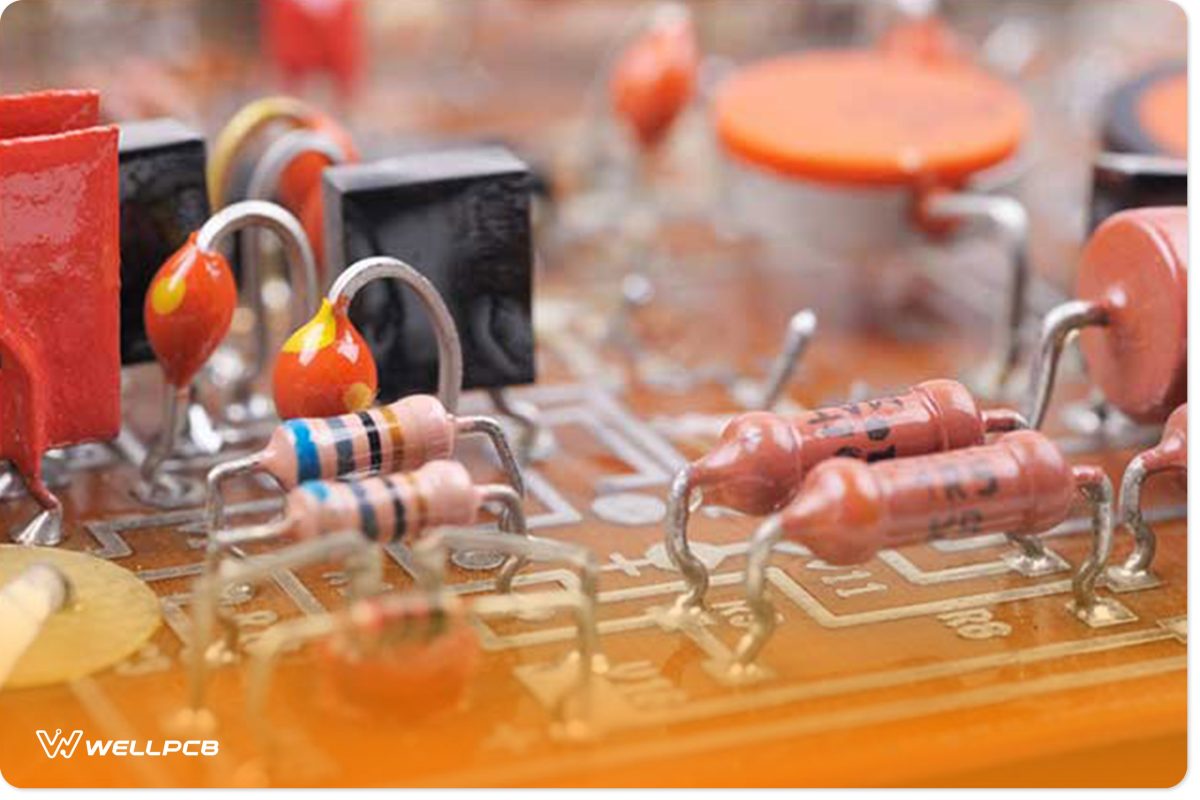
Also known as Plated Through-hole Soldering (PTH), it uses a custom-made Circuit board in a surface mount. It involves the soldering of hole components through the holes made on board.
During soldering, you add maximum Solder into a joint, using the iron tip from the opposite side till the appropriate fillet is achieved. You can read more here.
Through-hole technology is mainly preferred in prototyping.
Hand Soldering
That is the use of an iron, soldering wick, solder, and some flux to attach the surface mount components to a circuit board. You can make a better solder joint through hand soldering.
Let’s Wrap It Up!
As you might have noted while reading through the article, surface mount soldering is not difficult. It is straightforward when you understand the process, have the right tools, and are dedicated to getting your hands dirty. On the other hand, it can be tedious when you don’t know where to set the ball rolling.
Luckily, you don’t have to worry about the process; let us worry about it. At WellPCB, we have invested ages of research in soldering, and we are sure to deliver you well-engineered PCBs at a bargain. To reach out to us here, we will strive to actualize your PCB dreams.





